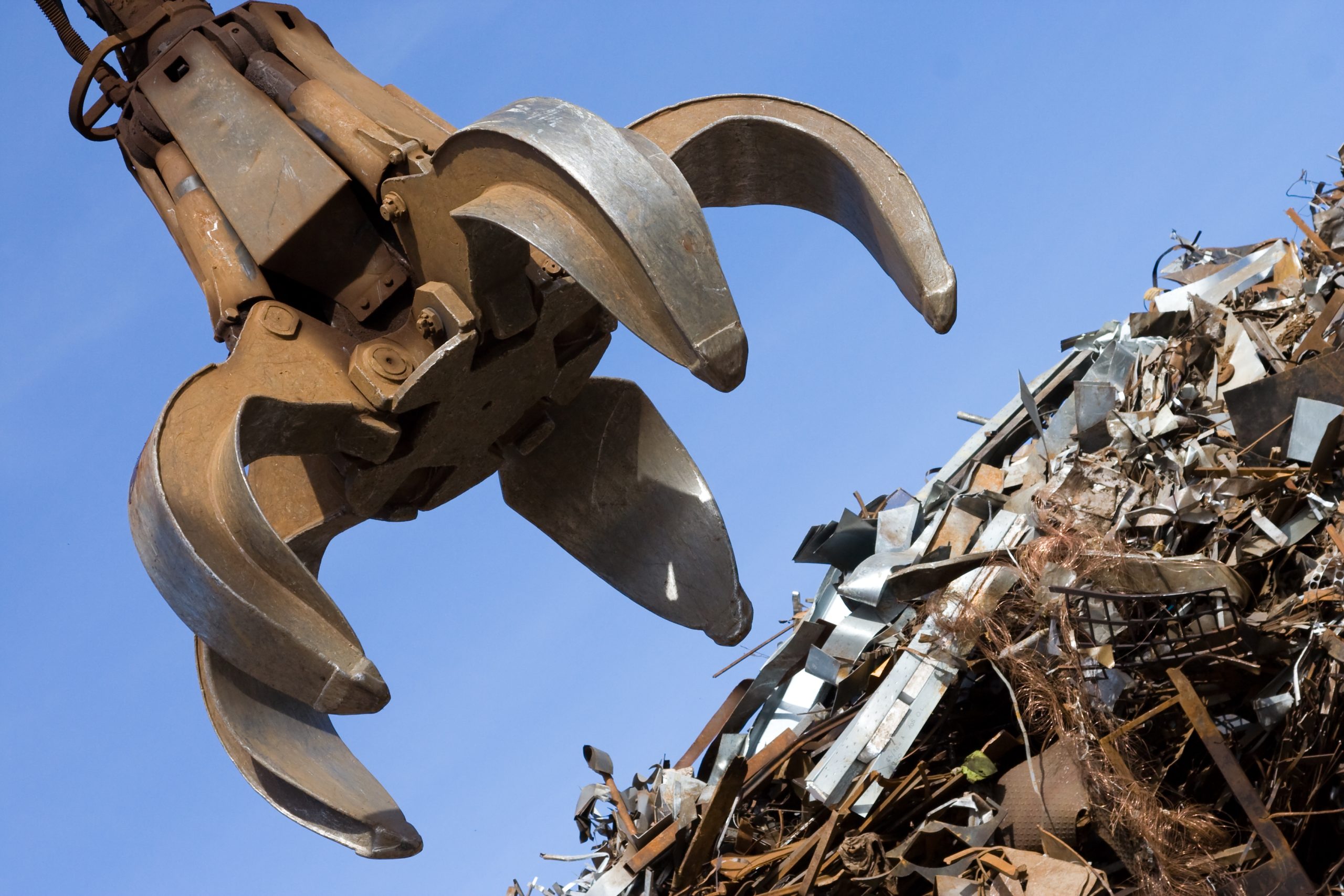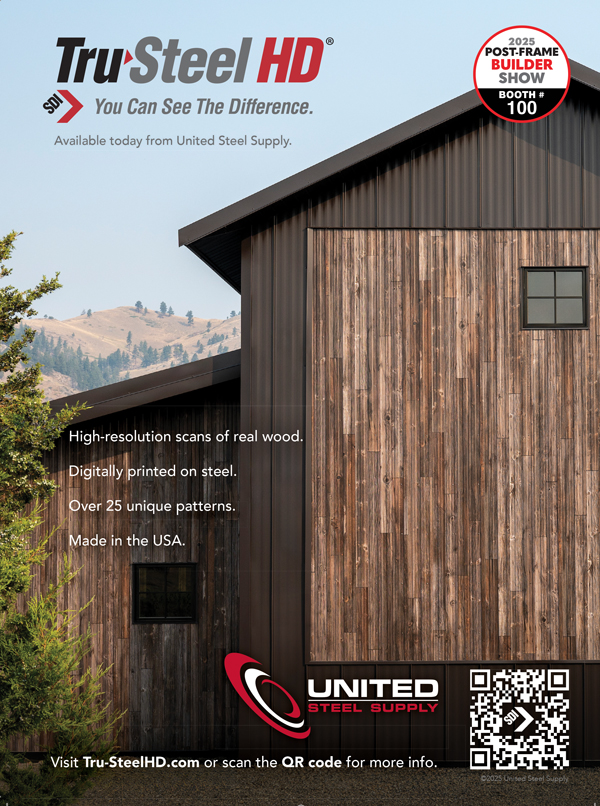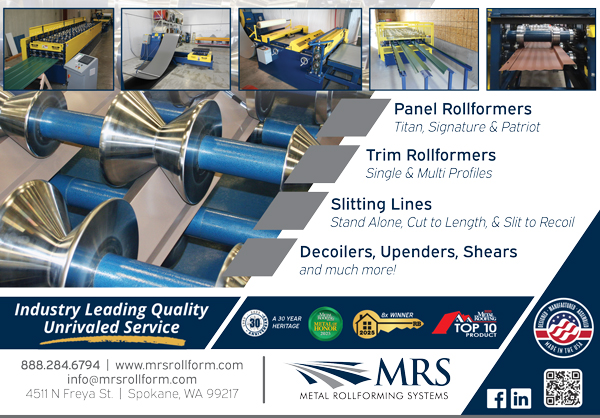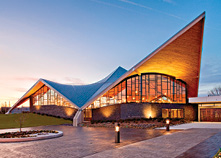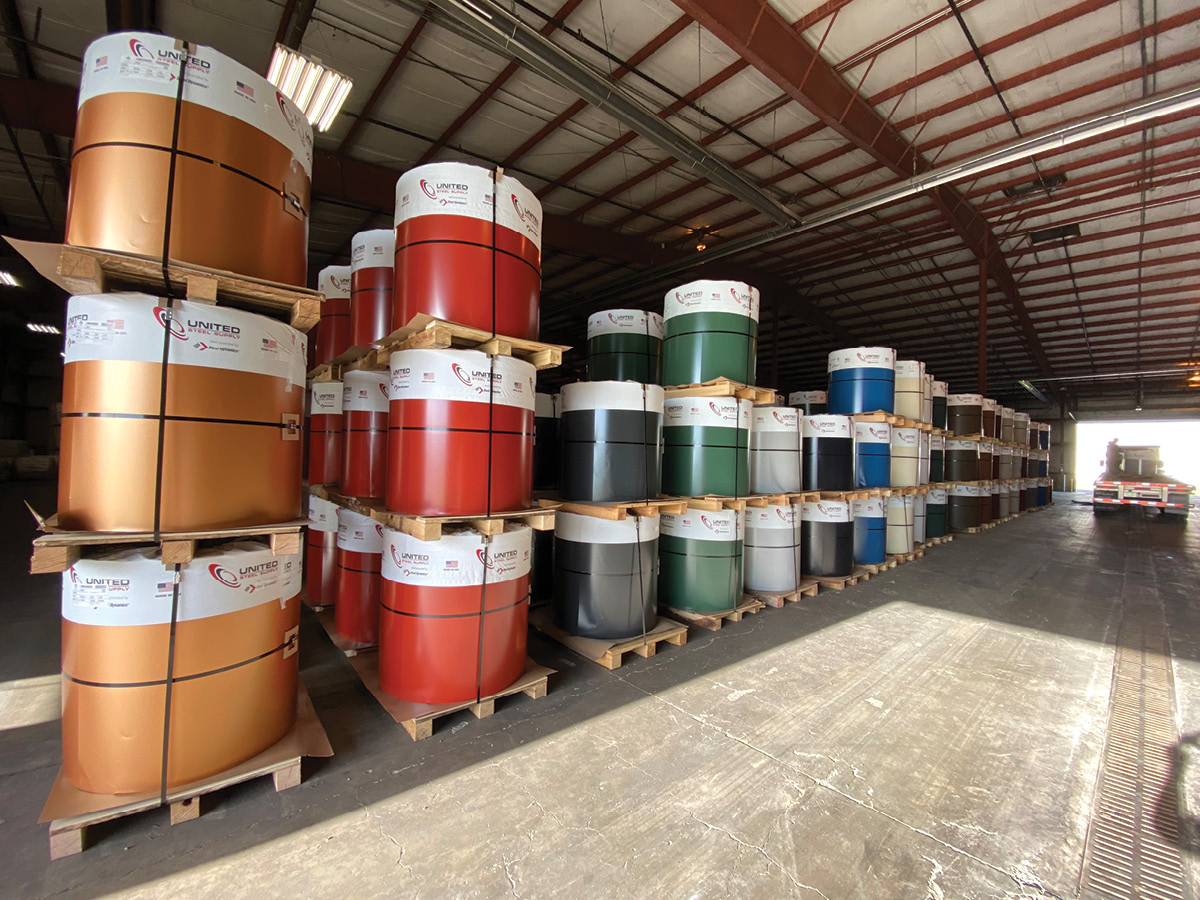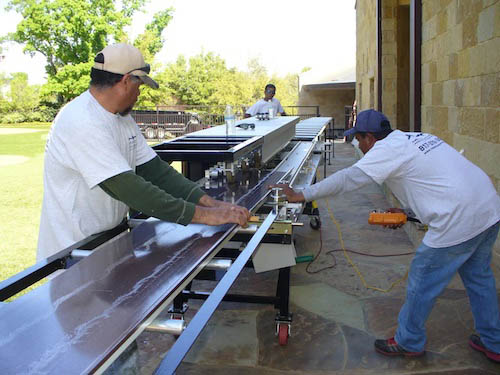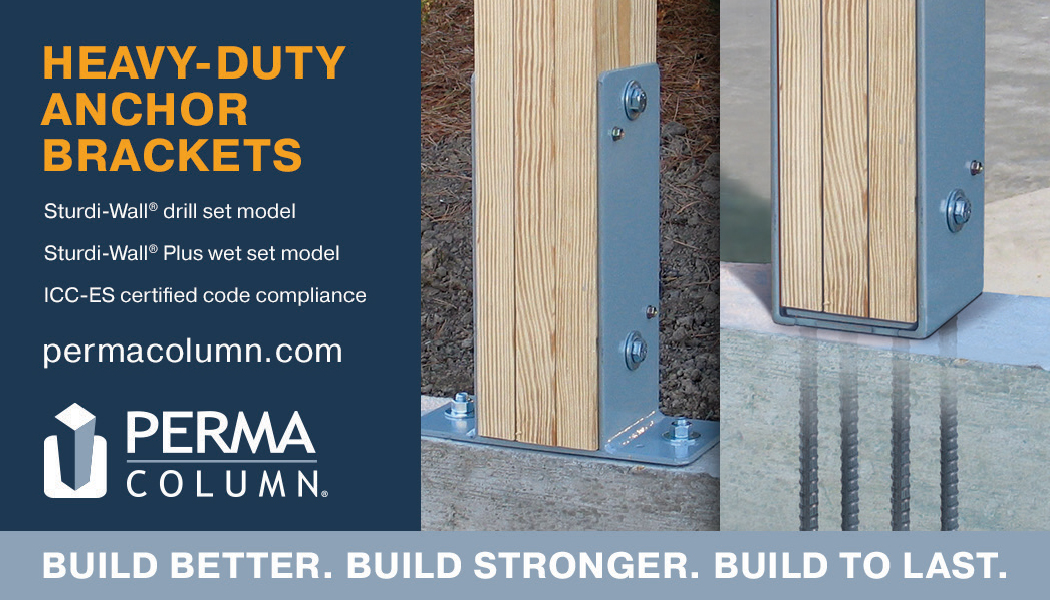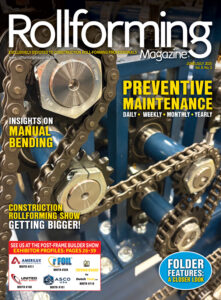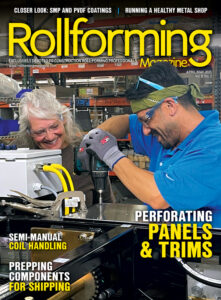By Sharon Thatcher
An old Scottish proverb claims that you can’t make a silk purse out of a sow’s ear. Perhaps not, but it does sound a lot like what’s happening in the steel industry these days where useless scrap is turned into valuable steel coil.
Recycling has become big business, and consumers love it. They find comfort in knowing their metal roofs or buildings are part of an environmental cycle. In turn, it is a key component for why the metal construction market continues to grow to new heights.
Obviously domestic steel mills are part of that cycle as they have turned away from the old integrated process of blast furnaces melting mined ore in favor of recycled metals converted in electric arc furnaces (EAF). But you can’t overlook the important contributions of the scrap metal industry itself, which is at the very beginning of steel’s journey to resurrection.
Jennifer Betts, VP of Business Development in metals for Argus Media, is an instructor for an educational service called Scrap University. The online school is dedicated to helping U.S. and Canadian scrap yard operators better understand their own industry and the opportunities available to help shape its future. As well, she has a background working inside the steel industry and understands the process.
This Isn’t the Old Town Dump
As Betts noted, scrap yards have had a bad reputation to overcome primarily because the town dump was once where most unwanted things landed, sometimes blowing into nearby fields, or leeching into nearby streams. Unsightly scrap yards and smelly landfills followed.
While these places still exist, their images have been cleaned up with the realization that there is value in scrap, from both monetary and environmental standpoints.
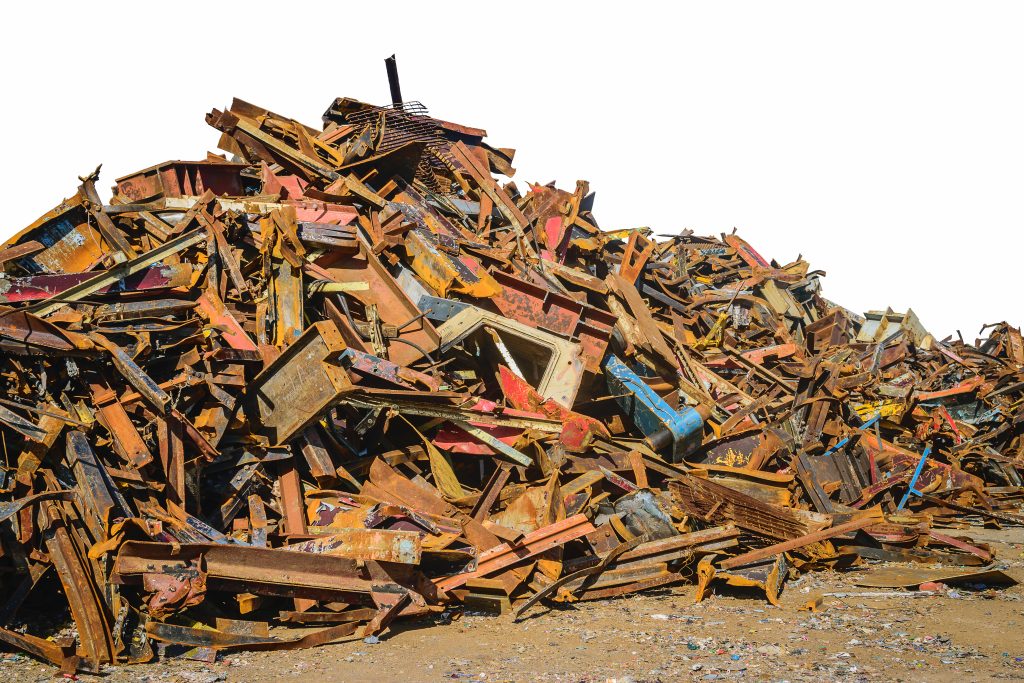
“Some people look at a scrap yard and think junk yard, but they are highly sophisticated businesses … the industry portal sector is constantly improving. The next generation is putting in a lot of new IT software — really cool technological advances to make it safer, to make it more efficient, to make it easier to recover more metallics,” said Betts.
Iron and steel, which are ferrous metals, are the most recycled materials in the U.S. and worldwide. On the scrap market, they are on the inexpensive side – especially compared to the higher value non-ferrous metals like aluminum and copper.
More expensive nonferrous metals (aluminum, copper, and zinc) are also used in the construction industry, but to a lesser extent; about 80% ferrous vs 20% nonferrous.
How is scrap prepped for selling?
Getting metal prepped for sale is a torturous business involving crushers, shredders, shears, and torches. When intertwined with concrete, Bett said the process for separating usable from non-usable can sometimes be “as archaic as going to the back of the yard and taking a large heavy metal ball and dropping it onto the concrete to break it off from the rebar.”
But new technology is creeping into the industry. The classic automobile shredder is an example. “It was initially just hammers spun around and pummeling scrap,” Betts said. “Now it’s to the point where, yes that part of the process still exists but now there’s this whole downstream of just incredible X-ray machines, and 400-plus jets of air, and magnets. There are ways to separate the stainless steel out of a car versus the copper and nickel. And it’s incredibly sophisticated. The industry is going in that direction and is going to continue going in that direction.”
All that new technology costs money. “To put in an automobile shredder today is multi-million dollars,” she said, and additional upgrades downstream to the crushing process can quickly double that figure. It takes large scrap yards working with small mom and pop shops to feed those expensive machines.
How small the metal must be compressed, and the desired chemistry of the metal are determined by the steel mill and what they are making. For instance, how much copper or nickel is in the mix will determine if it is used for lowly rebar or high-quality HRC. The industry typically uses ISRI (Institute of Scrap Recycling Industries) specifications. The ISRI has specs for each grade. Steel mills have their own specs too, but they are typically based on the ISRI specs.
Niton [XRF analyzer] guns are used for quick chemistry readings.
Metal is sorted and processed by grades. In the ferrous scrap category, there are a number of ferrous grades, from the lowest like steel turnings to a higher grade for plate/structural steel. Heavy-melt steel used for metal roofing and siding falls between steel turnings and plate/structural.
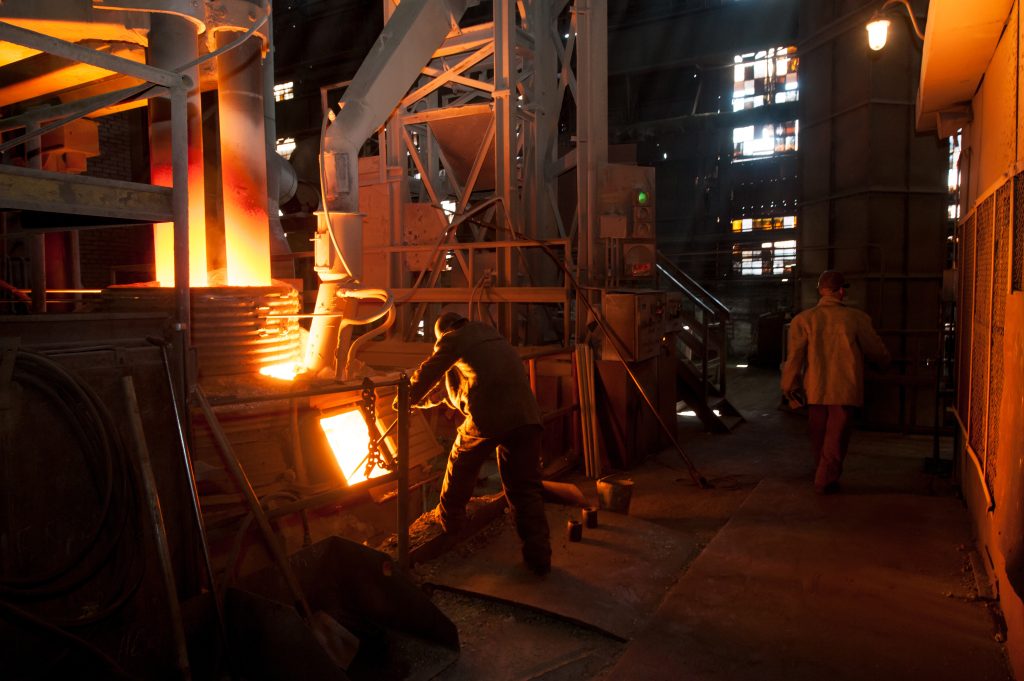
At the very top, at premium grade is busheling, that will be transformed into high-quality HRC. It’s the cleanest of scrap with no residual imperfections, usually coming in as leftovers from places like stamping plants and slitting facilities.
As for size, most electric arc furnaces can’t handle anything larger than 5 feet by 2 feet. Some steel mills want it delivered as loose scrap while others want it in bundles.
Both large and small scrap companies sell directly to steel mills. “Sometimes I would work with scrap yards that could only give me a truck load every couple months,” Betts said of her previous experience as a scrap buyer for a steel company.
How to make a silk purse out of a sow’s ear
Once the scrap is delivered to the mill and the proper specs assured, the magic mixing begins. While we used the analogy of making a silk purse out of a sow’s ear, Betts explained that making new steel out of old metal scrap is realistically a bit more like making a cake. “If you want a red velvet cake you need to add different ingredients than what you would if you wanted an angel food cake,” she said.
Steel mills have metallurgists on staff who handle the proprietary blends needed for making the final product. At every step, the process is monitored. “During the steel making process there are several opportunities for the metallurgists, the melt shop manager, to go to the molten furnace and pull out a sample of the steel that’s currently in the furnace. They can get a read on the chemistry breakdown at that very moment,” Betts explained. Additional ingredients can be added as needed.
What happens to metals from a natural disaster?
While some sources of recycled metal are highly salvaged (large buildings, bridges, etc.) circumstances make the recovery of scrap following natural disasters problematic, particularly in residential areas.
“There is obviously a lot of material in a natural disaster that is salvageable, and that does get fed back into the scrap supply chain … it gets fed into the steel mills and into the finished coil,” Betts said.
But the speed needed to restore a community and the lives of its citizens often result in metals landfilled rather than recycled.
Every situation is different and how much metal is recovered varies. What is recovered typically goes through multiple companies and likely include demolition companies, local scrap yards, and FEMA contractors.
FEMA places its priority in residential areas, whereas industrial areas are typically handled by company owners who are keenly aware of the value of their wrecked buildings and more likely to recover and recycle as much as possible. Working with a local scrap yard most often leads to a better recovery rate. “If an actual scrap company is sent in or is called in by a local company to pick up metallics, then it’s going to go back into the supply chain,” Betts said.
Is there enough metal scrap to feed recycling demands?
The United States makes roughly 120 million tons of steel a year and about 70% is from electric arc furnaces, so you might wonder if we could one day run out of enough scrap to feed the growing number of EAF steel mills. That isn’t likely, according to Betts. “The United States is actually a scrap-rich nation,” she said. “We export scrap. We import as well, depending on pricing, but scrap is … a global commodity.”
The U.S. has so much scrap available because of its generations of consumers who have had the luxury of owning volumes of consumer goods — everything from automobiles to washers and dryers to steel buildings. That has resulted in enough for a healthy export trade.
Betts explained the geographical origins of U.S. scrap metal export: “Off the west coast there is more scrap exported to countries in Asia than what’s imported. On the east coast there is opportunity to import scrap, but also opportunities to export scrap to such places as Turkey. Turkey is a huge consumer of scrap internationally because they have a very large steel mill industry based there,” she said.
Why China is still building integrated mills
Today, only 10% of Chinese steel mills are EAFs. Instead, the country is concentrating its efforts on building integrated mills. The reason: China has fewer generations of wealthy consumers to cultivate for scrap. The country also has a lot of access to raw materials, making the mining of earth metals still attractive.
“Their economy is growing, so you are starting to see first, second and third generations wanting a new washer and dryer, a new dishwasher, a new car,” Betts said. As that happens, the old generation of goods will be recycled, and more EAFs built there, yet that is a long way off: “They have started producing more scrap internally, but it’s not going to be [enough] for them to make the full switch to electric arc furnaces any time soon.”
Does the world have enough electricity to run all the new EAF mills?
The growth of EAF mills have placed a burden on antiquated electric grids around the world, but solutions are being found.
In the U.S., “overall we should be fine,” Betts said. “There are steel mill companies domestically that are looking at greener alternatives. Companies like Nucor, CMC and Gerdau are signing green energy deals with local power companies, or they are building their own renewable energy sources. They are aware there will be a need for additional power down the road, whether it’s through solar, or wind farms … they’re probably going to need a little more supplemental power, and they’re going to have more competition for the power.”
How the scrap industry is changing
At the end of the day, the scrap industry is still rudimentary: Junk comes in, gets mangled, then shipped out to a buyer. Nothing complicated. But due to the increasing importance of grading levels and extraction methods there is a realization that scrap yard owners and workers need to see beyond the low-level basics, and to seize new market opportunities. Scrap University was formed in 2020 so that as much scrap value as possible is recognized and captured.
“You can’t go to a college, technical school, or high school course to learn the scrap yard trade,” Betts said. The only way to learn is by working inside it.
The university offers videos and course materials on the basics of scrapping, “to help the next wave of employees at scrap yards get a quick understanding of the various grades that are out there,” and serve as a proactive measure to help the industry stay on the cutting edge of the modern frenzy for metal recycling. RF


